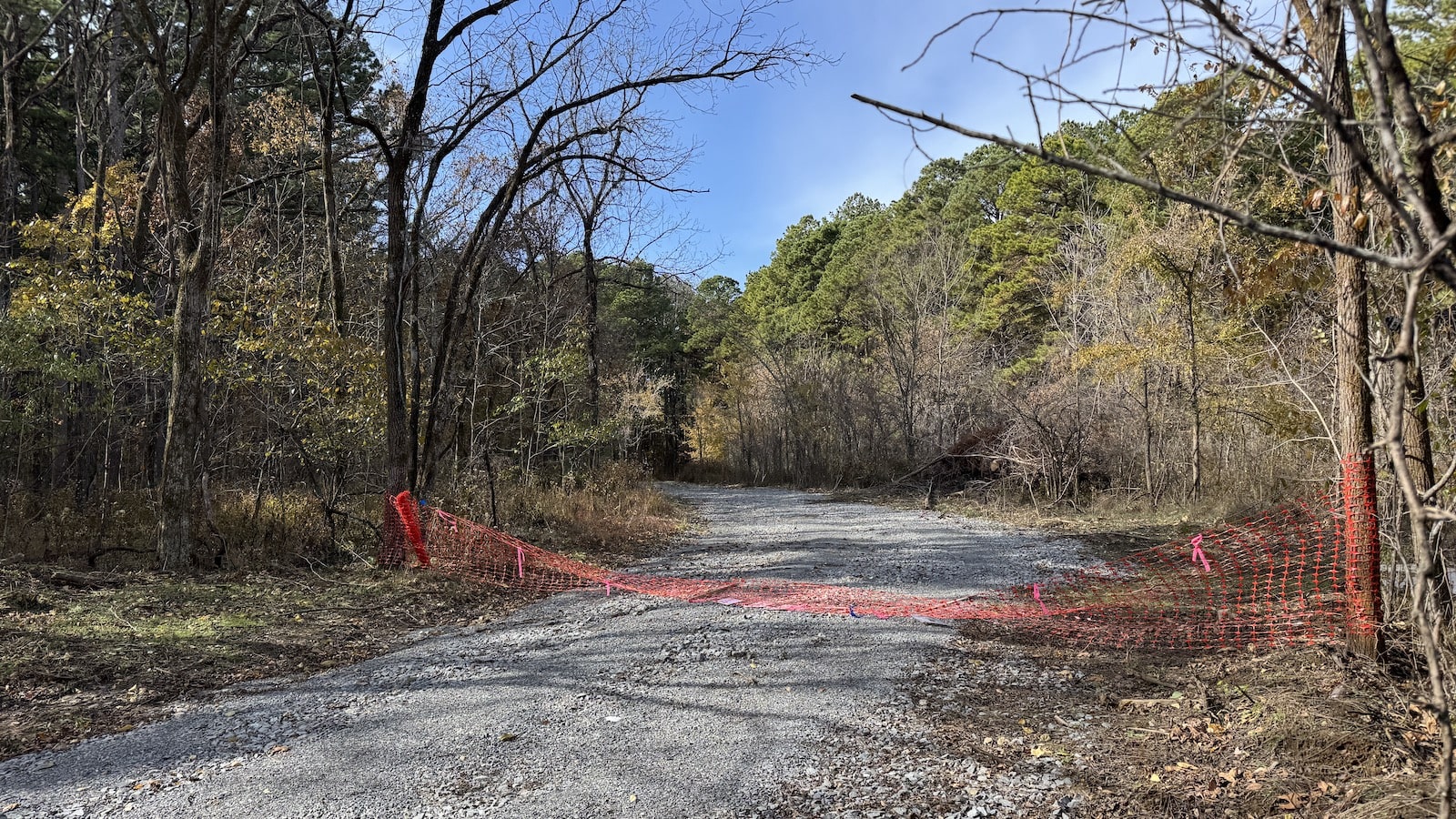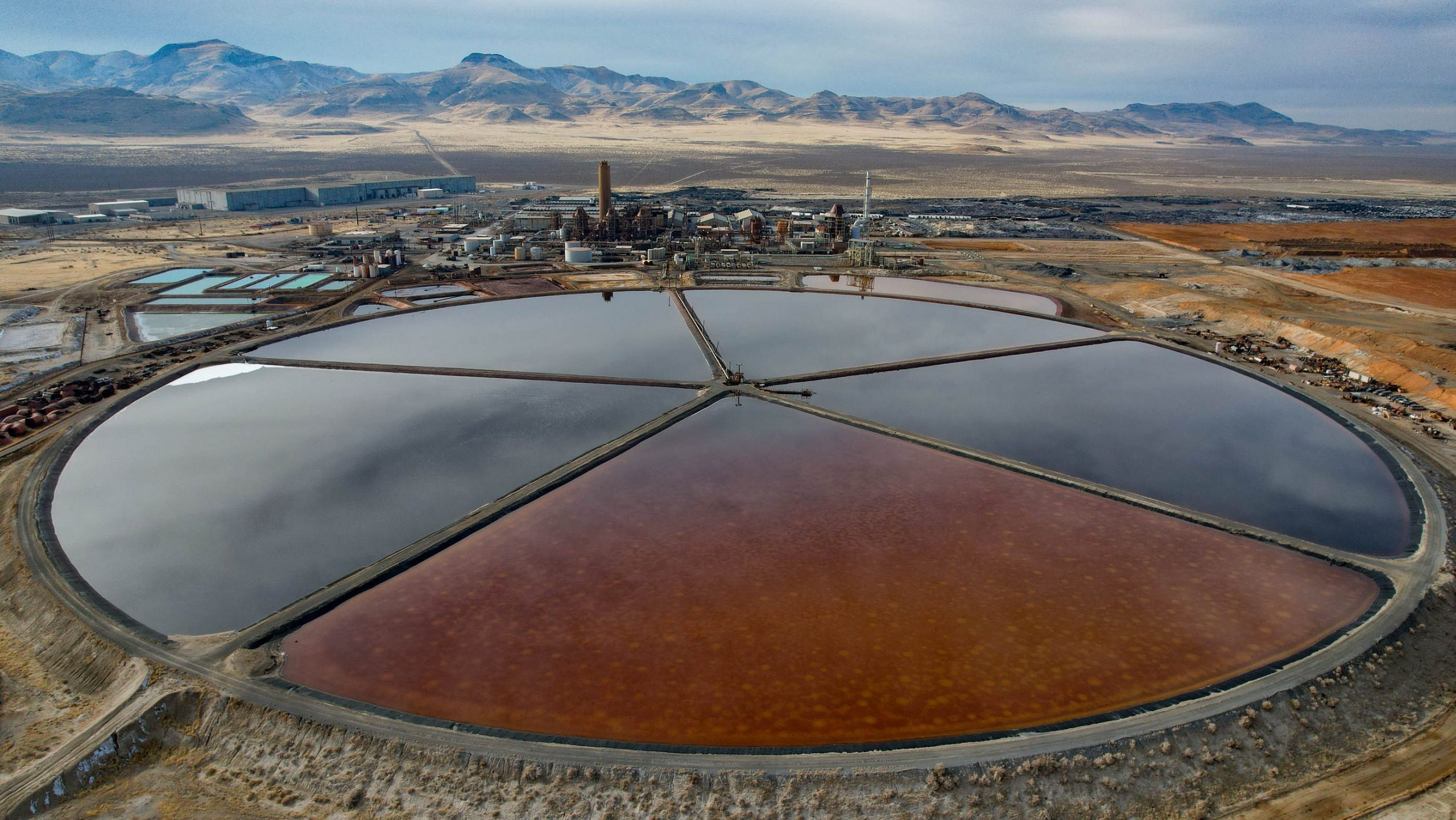Numerous colleges and universities have begun implementing sustainability on their campuses. In addition to retrofitting existing structures and integrating environmentally friendly technologies, they have also embraced greenspace trends for outdoor spaces.
Students may enjoy spending time outside, whether on the campus lawn or in a garden. However, schools can adopt more sustainable practices for their landscape designs, creating healthier, more resilient and ecologically stable environments to further enhance the learning experience and outlook.
GreenSpace Benefits in Higher Education
Greenspace research shows ample advantages of the natural environment on well-being. For example, the benefits of green spaces on mental health include psychological and attention recovery, which are necessary for student achievement.
It’s no secret higher education can prove stressful for learners. Between living away from home and participating in considerably challenging curriculums, to feeling immense pressure to succeed or slipping into depression. Nature healing through carefully constructed landscapes enables students to feel less frustrated and regain focus on their studies.
Green spaces in college environments also help:
- Improve physical health through moderate movement.
- Cool the urban heat island effect and mitigate climate change impacts.
- Improve biodiversity and air quality around the campus.
- Deliver a new habitat for animals and pollinators.
- Create a space to socialize, study and foster a sense of community with peers.
- Enhance the visual appearance of the campus.
- Manage extreme weather impacts, including flooding and stormwater runoff.
Of course, many schools retain sustainability-focused strategic plans to do their part for the environment. Seeing how many universities are located in cities, creating new urban greenspace is essential for the community at large. Constructing eco-friendly, green spaces helps institutions and students follow green practices and become steadfast environmental stewards.
7 Green Trends on College Campuses
Higher education establishments interested in creating sustainable, green spaces should consider popular eco-friendly landscaping features. These seven green trends can enhance natural campus communal areas and enable universities to follow through on their sustainability principles.
1. Native Landscaping
Nearly 25% of the flora growing in the United States is naturalized, non-native or invasive, meaning it can survive, spread and propagate independently. Some plants were accidentally introduced into the country, while others were intentionally added to gardens and backyards. Regardless, they pose a significant environmental risk to native plant species.
Native landscaping has several benefits in urban green spaces. For instance, plants are innately adapted to the area’s climate, requiring less maintenance, irrigation and care. They’re also conducive to soil health, reduce the need for fertilizers and pesticides, as well as attract local wildlife and pollinators.
2. Solar-Powered Lighting
Lighting is an aesthetic highlight in green spaces, which colleges may use to illuminate walking paths and spotlight trees and flower beds. In the case of flood lights and step lights, they can make navigating the school grounds at night safer, adding an extra element of security. One of the most energy efficient ways to light up the campus is to use solar-powered lighting. These lights save energy and reduce costs, drawing power from the sun.
If solar lights aren’t possible, colleges should consider light-emitting diode (LED) bulbs, which shine brightly at night and tend to draw less energy than their halogen counterparts.
3. Pollinator Gardens
Pollinators are rapidly declining due to habitat loss, pesticides and fertilizers, disease, poor food availability and climate change. Therefore, higher education environments should implement pollinator gardens into their green spaces.
Aside from beautifying campuses, these insect-friendly gardens deliver ample food and shelter to bees, birds, butterflies and bats, which are critical for healthy ecosystems. They also help boost the symbiotic relationship between plants and animal species, purify air and water, and absorb heat.
The first step to creating a pollinator garden is to include plants they like — wildflowers, lavender and dandelions provide food to various insects and birds. All flowers should be native for optimal habitat and disease resistance. Nesting areas, water sources and soil types are other essential considerations.
4. Community Gardens
Community gardens are where urban green spaces and health intertwine. Students can even grow a sustainable, nutritional food source while connecting to the natural world. Likewise, gardening is a great way to exercise moderately and socialize with peers, which leads to lower stress.
Some colleges and universities may even incorporate community gardens into their environmental science, soil science or sustainable agriculture curricula. On just a quarter acre of land, higher education institutions can create 35 plots measuring 10 feet by 20 feet — however, there is room for flexibility.
5. Rain Gardens
Rain gardens are highly beneficial green trends on college campuses. They capture runoff from parking lots, sidewalks and other hard surfaces, slowing flooding and erosion. Because there is less standing water, campuses can decrease mosquitoes and other pests.
These shallow depressions collect water and allow it to seep into the soil gradually, reducing the need for irrigation. They also filter pollutants from stormwater and provide essential habitat and food to native biodiversity.
6. Green Roofs
Many higher education institutions have constructed green roofs on top of their buildings. For example, the University of Denver implemented a green roof on the fourth deck of its Community Commons building, filling garden beds with Colorado’s native flora and grasses.
While beautiful, the school’s green roof will allow it to reach carbon neutrality by 2030 as part of its sustainability goals. Although it isn’t the university’s first green roof, the Community Commons rooftop greenspace keeps the building cooler, absorbs rainwater and reduces energy consumption.
7. Outdoor Classrooms
Outdoor classrooms are becoming a popular green trend on college campuses. These learning spaces allow traditional classes to be held outside in a natural environment or on school grounds. Ultimately, students gain immersive learning experiences for more well-rounded educational, social and emotional development.
Green spaces also benefit mental health, providing more sunlight for improved mood. Learning in a different environment than the classroom may also improve concentration and enhance tranquility.
Revolutionizing Campuses With Vibrant GreenSpace
Schools prioritizing green trends in their landscape designs enhance their students’ mental and physical well-being and the surrounding environment. Investing in the sustainable development of greenspace on college campuses is critical as the world seeks to improve its carbon footprint.
Source link
Rose Morrison biofriendlyplanet.com




